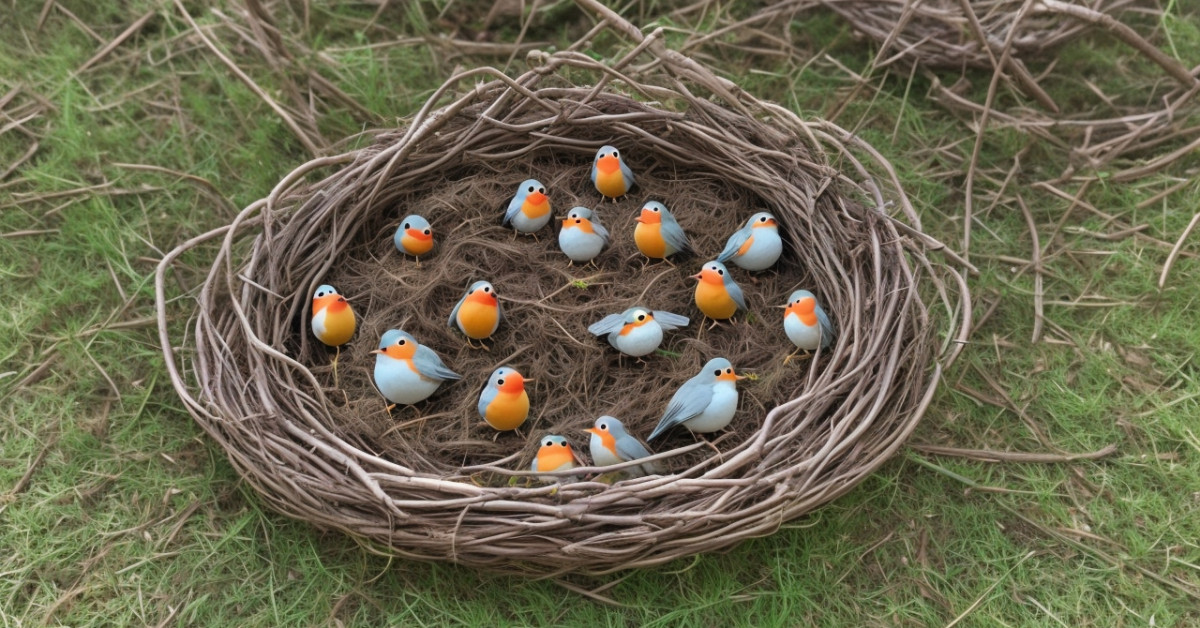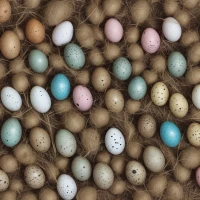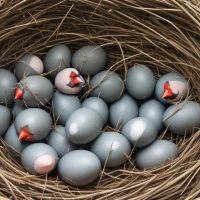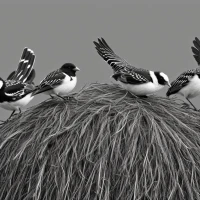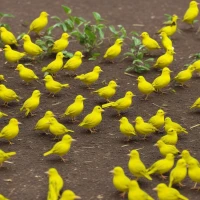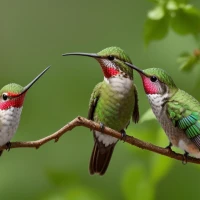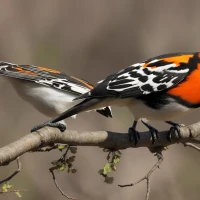All About Robin Nests and Robin Eggs: Secrets of Their Survival
Imagine discovering the hidden world of feathered architects and their delicate treasures. Ever wondered how robins craft their intricate nests or how their fragile eggs defy the odds to hatch into vibrant life? In this captivating exploration, embark on a journey into the mesmerizing realm of robin nests and eggs, unveiling the secrets of their survival that Mother Nature has meticulously hidden. From fascinating facts to astonishing survival techniques, this blog is your ultimate guide to unlocking the mysteries of these beloved birds. Dive in and prepare to be awed by the wonders of our feathered friends.
Robin Nest Construction

Robins, those cheerful harbingers of spring, exhibit fascinating behaviors in their nest construction. Robin nest construction is a meticulous process that showcases the birds’ resilience and adaptability. The female Robin takes the lead, often building the nest in two to six days. She gathers materials such as twigs, grass, and mud to form a sturdy foundation. Lining the inner part with softer materials like feathers and grass creates a comfortable and insulated environment for the eggs.
These nests are usually found in trees, bushes, and even on human structures like ledges and beams, demonstrating their incredible flexibility. The thoughtful design of a Robin nest ensures that it can withstand varying weather conditions and predators, crucial for the survival of their brood.
Robin eggs are typically blue and laid in clutch sizes ranging from two to five. The clutch is incubated for about two weeks, primarily by the female. During this period, the male Robin often assists by providing food and maintaining territory security.
Understanding Robin nest construction gives us greater insight into the remarkable survival strategies of these birds. Their ability to adapt to different environments and meticulously build their nests highlights the intricacies of nature and the enduring spirit of these lovely creatures.
Where Do Robins Build Nests?
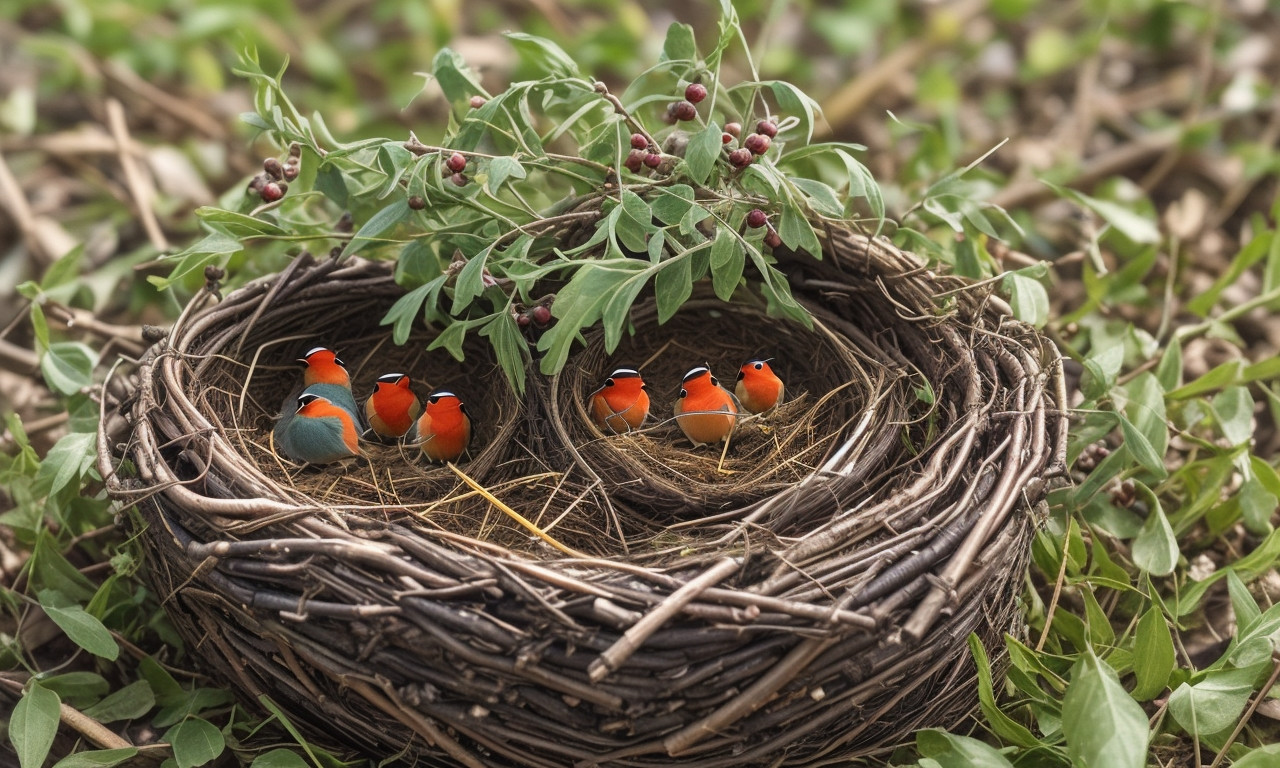
Robins are fascinating birds, known for their vivid red-orange breasts and melodious songs. An intriguing aspect of their lives revolves around their nesting habits. But exactly where do robins build nests? Typically, robins prefer to construct their nests in locations that offer both safety and proximity to food. They often choose tree branches or dense shrubs, around 5-15 feet above ground, ensuring their nests are safe from most predators while still accessible.
American robins are also known to build nests on human-made structures like window sills, eaves, and ledges, taking advantage of the stability these places offer. When seeking a suitable spot, female robins look for a location sheltered from rain and wind; hence, you might find their nests tucked away in the crooks of houses or under overhanging structures.
The construction of the nest begins with a base made from coarse grass, twigs, and paper. Female robins meticulously mold the nest using mud, creating a sturdy cup-like structure, which is then lined with fine grasses. This careful crafting ensures the protection and warmth of their vibrant blue eggs, which need to be incubated for about two weeks.
Understanding where robins build nests is not just about observing their behavior, but also appreciating their intelligent strategies for survival and their adaptability to both natural and urban environments.
When Do Robins Lay Eggs?
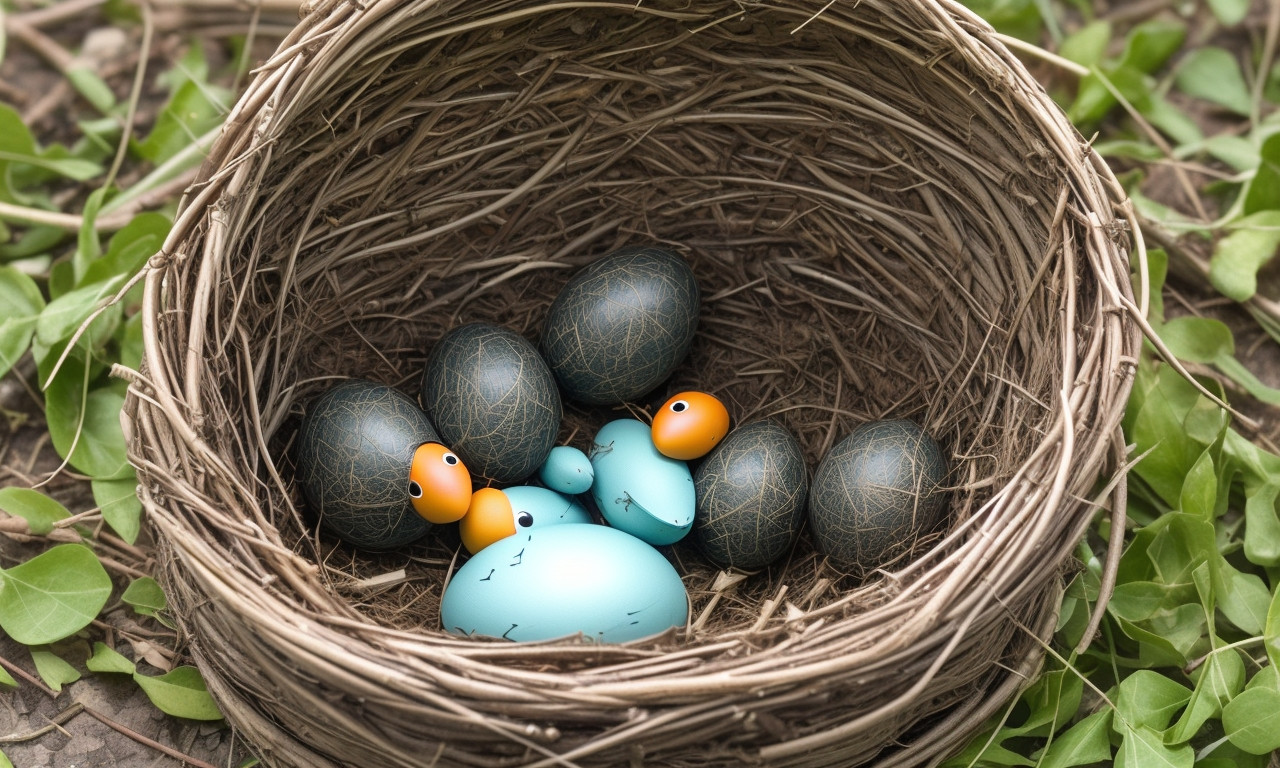
Robins are among the most recognizable and beloved birds, known for their vibrant red breasts and beautiful songs. Understanding ‘when do robins lay eggs?’ can reveal fascinating insights into their survival strategies. Typically, robins lay eggs in the spring, between April and July. This timing aligns perfectly with the abundance of food and optimal weather conditions, crucial for the development of their young.
A robin’s nest, meticulously constructed from grass, twigs, and mud, is a marvel of avian engineering. These nests are usually situated in trees, shrubs, or even on man-made structures, providing a safe haven for their precious cargo. Once built, the female robin lays a clutch of three to five sky-blue eggs.
The incubation period for robin eggs is about 12 to 14 days, during which the female robin diligently keeps them warm while the male provides food. After hatching, the chicks are fed a high-protein diet of insects and worms, ensuring rapid growth. Within two weeks, the fledglings are ready to leave the nest, embodying the cycle of life that began with a simple yet profound question: when do robins lay eggs?
Understanding these behaviors not only fosters an appreciation for robins but also highlights the delicate balance they maintain with nature, ensuring the survival of their species.
How Many Eggs Do Robins Lay?
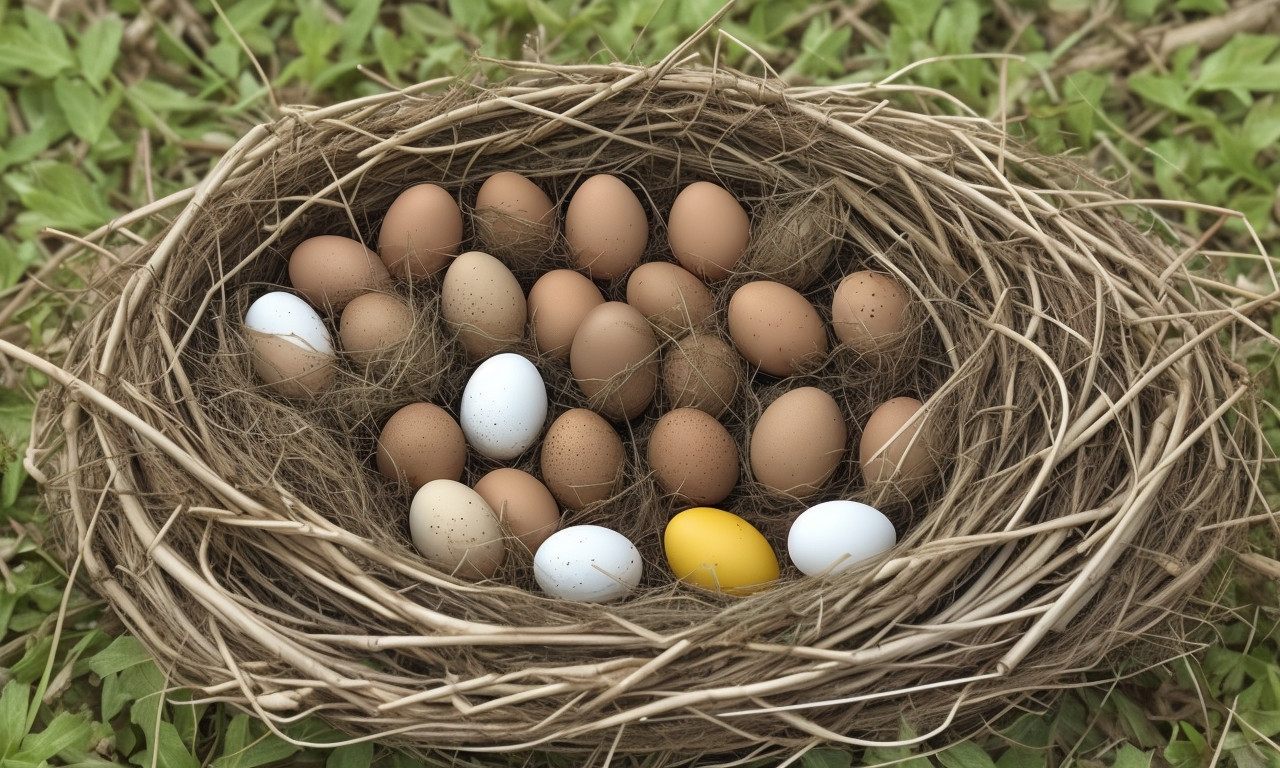
Robins, one of the most beloved songbirds, are well-known for their vibrant red breasts and melodious songs. Intriguingly, their nesting habits and egg-laying capacities are equally fascinating. So, how many eggs do robins lay? Typically, a female robin lays 3 to 4 eggs per clutch. Nesting begins in early spring when the female selects a well-hidden location, often building her nest in trees, shrubs, or even on structures like eaves and ledges.
The female robin meticulously crafts her nest using mud, grasses, and twigs, creating a sturdy and snug home for her eggs. Once the nest is built, the laying of the eggs follows. During this period, the eggs, beautifully colored in a soft, sky-blue shade, are incubated for about 12 to 14 days. This vulnerable stage is marked by the female’s dedicated protection of her clutch from predators and harsh weather conditions.
Upon hatching, baby robins are altricial, meaning they are born featherless and helpless, requiring significant parental care. Both the male and the female robin work tirelessly to feed their young, ensuring they receive the necessary nourishment to grow strong. Within two short weeks, the fledglings will be ready to leave the nest, embarking on their journey to adulthood. Understanding how many eggs do robins lay provides insight into the remarkable endurance and dedication these birds exhibit in nurturing their offspring.
What Color Are Robin Eggs?
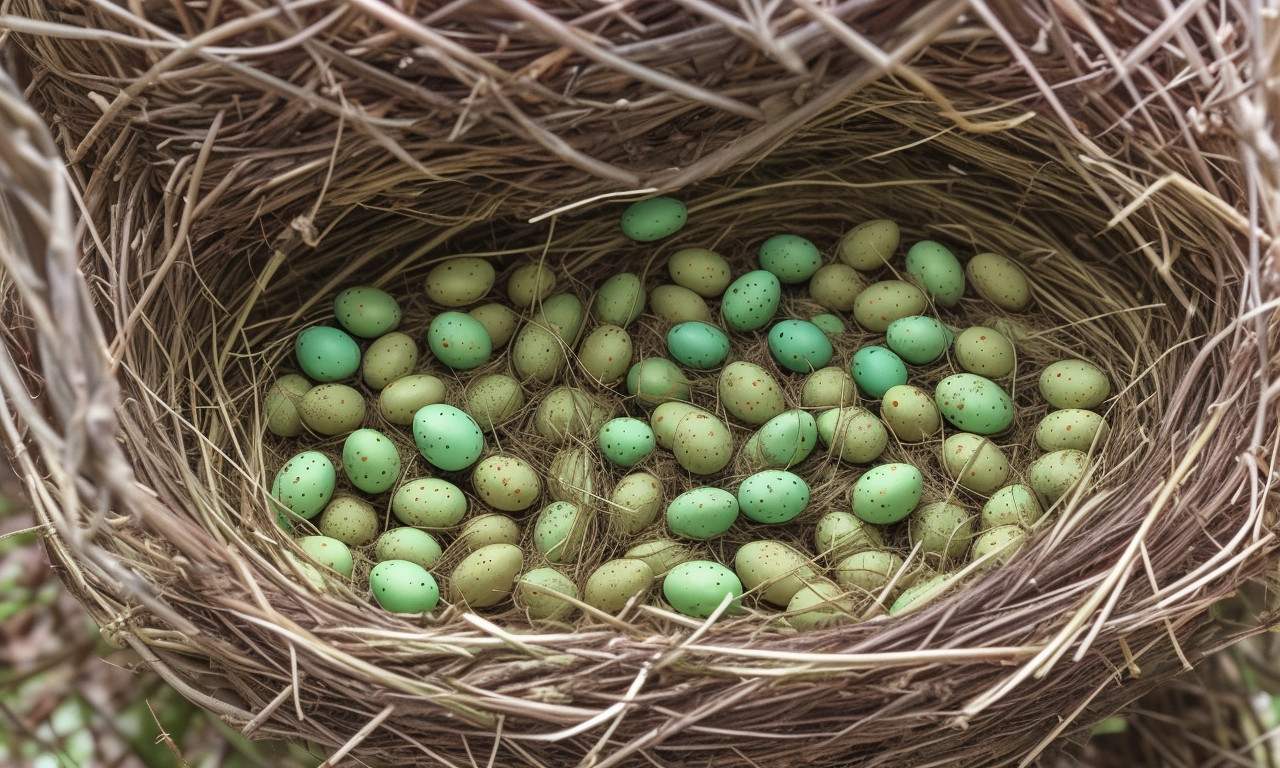
Robins are amongst the most beloved of all bird species, particularly cherished for their vibrant blue eggs and intricate nests. What color are robin eggs? A captivating shade of sky blue, robin eggs are easily distinguishable and often a point of fascination for bird enthusiasts and nature lovers alike.
Building their nests with meticulous care, robins predominantly use mud, grass, and twigs to create a sturdy, cup-shaped structure. The female robin then lines the inner part of the nest with soft materials like animal fur and fine grass, ensuring a cozy environment for her offspring. Once the nest is complete, she lays between three to five eggs, each bearing that distinctive blue hue.
The color of robin eggs is more than just visually pleasing. It serves as a camouflage in natural surroundings, blending seamlessly with the foliage. This provides a strategic advantage in protecting the vulnerable eggs from potential predators. The incubation period for robin eggs is usually around two weeks, during which the mother robin remains vigilant, rarely straying from her nest.
The intriguing question, what color are robin eggs, might seem simple yet it unlocks an entire realm of avian survival strategies and adaptations. From their striking color to the careful construction of their nests, robins exemplify nature’s ingenuity and resilience.
How Long Does it Take for Robin Eggs to Hatch?
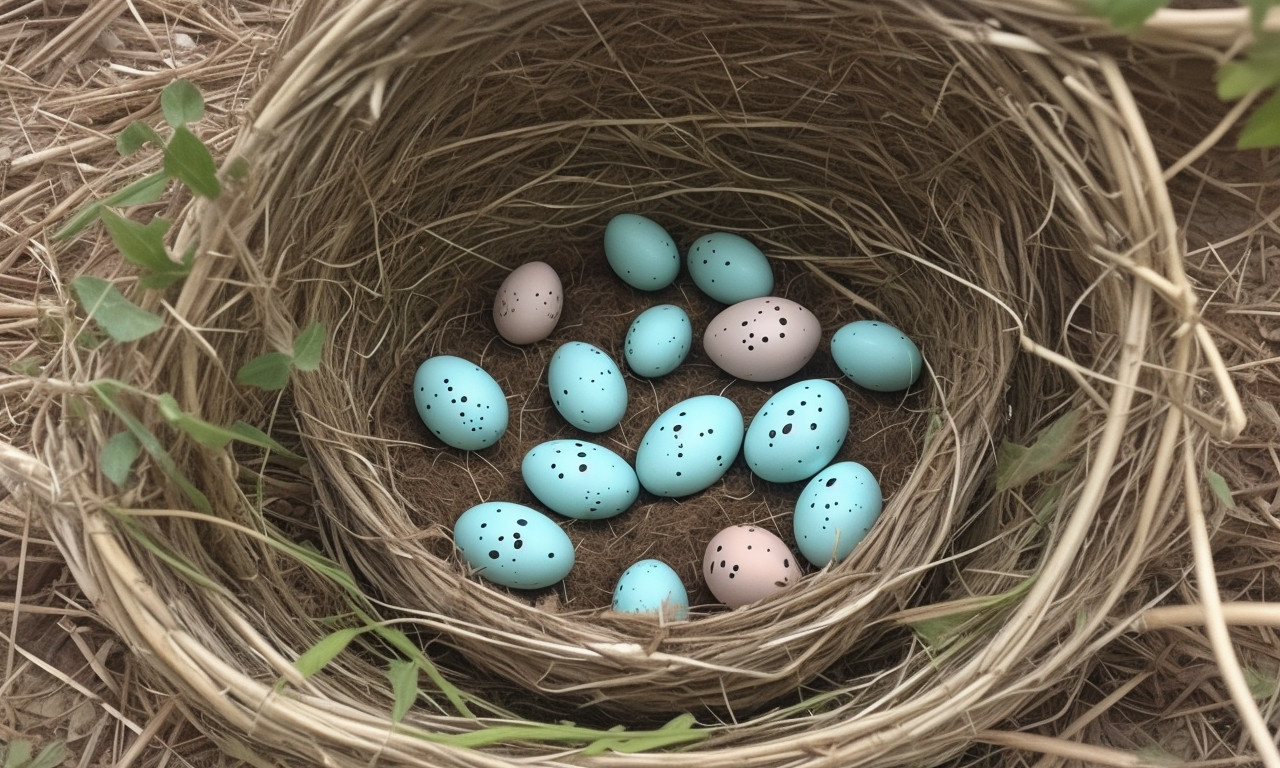
Robins are one of the most fascinating birds, particularly because of their distinctive nests and charming blue eggs. These birds are known for meticulously constructing their nests using a combination of mud, grass, and twigs. Typically, a female robin lays three to five eggs in a single clutch, and the vibrant blue color of the eggs is a true defining feature. One of the most common questions surrounding these beautiful eggs is, “How long does it take for robin eggs to hatch?” The answer is quite straightforward: it usually takes about 12 to 14 days for robins to hatch their eggs under optimal conditions.
During this incubation period, the female robin diligently sits on her clutch, ensuring the eggs are kept at the right temperature for development. It’s critical for the eggs to be consistently warm, as any significant fluctuations can affect their viability. The male robin plays a supportive role, bringing food to the nesting female. Once the robin chicks hatch, they are blind and featherless, but remarkably, they grow at an incredibly rapid pace. Within just two weeks, the fledglings are ready to leave the nest.
Understanding these essential aspects of robin nests and the duration for robin eggs to hatch gives us greater appreciation for these resilient and captivating creatures.
How Long Do Baby Robins Stay in the Nest?
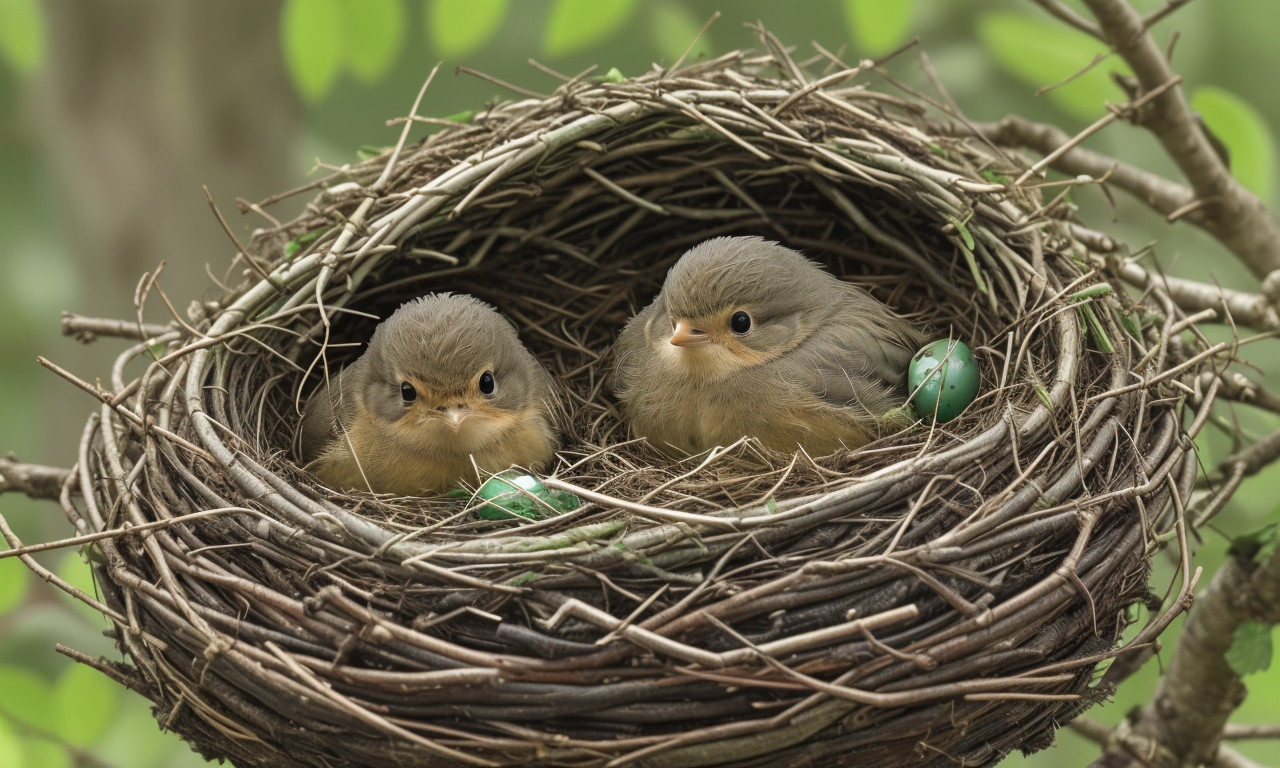
Robins are a fascinating bird species known for their vibrant red breasts and melodic songs. A key aspect of their lifecycle revolves around their intricately crafted nests and the survival of their eggs and chicks. Robin nests are typically built in hidden, secure locations using twigs, grass, and mud to create a sturdy structure. This is crucial for protecting their delicate blue eggs from predators and harsh weather conditions.
The question often arises, “How long do baby robins stay in the nest?” After the eggs hatch, the baby robins, also known as nestlings, remain under the care and protection of their parents for about 13 to 15 days. During this period, the parent robins work tirelessly to feed their young a diet rich in insects and worms, ensuring they receive the necessary nutrients for growth.
The survival of robin chicks is heavily dependent on the security of their nest and the dedication of their parents. Each phase, from the construction of the nest to the fledging of the chicks, is geared towards giving the young robins the best possible start in life. This tight-knit family dynamic and the strategic nesting habits they employ are truly remarkable, underscoring the resilience and adaptability of robins in the wild.
What Do Baby Robins Look Like?

Robin nests and their delicate eggs are fascinating subjects in the realm of avian life. Generally crafted from grass, feathers, and twigs, these nests provide a nurturing environment for the precious robin eggs, which are typically a stunning blue. Upon hatching, many people often wonder, What Do Baby Robins Look Like? Newly hatched robins are featherless, with their eyes closed, and appear strikingly vulnerable. They are characterized by their pink, almost translucent skin, which gradually darkens as they develop.
Mother robins are highly attentive, ensuring the safety and proper nourishment of their young. Within days, the baby robins, also known as hatchlings, begin to sprout pin feathers. As the days progress, these pin feathers unfurl, revealing the initial stages of their brownish-grey plumage. By the time they are about two weeks old, they start resembling adult robins more closely, albeit less vibrant and more spotted.
A key aspect of their survival is the parents’ relentless efforts to feed and protect them, often resulting in up to 25 feeding trips per day. Raising strong, healthy fledglings is imperative for the continuation of the species. Understanding What Do Baby Robins Look Like at various growth stages, from featherless hatchlings to spotted juveniles, provides crucial insight into their development and the delicate balance of nature that ensures their survival.
Robin Nest Timeline
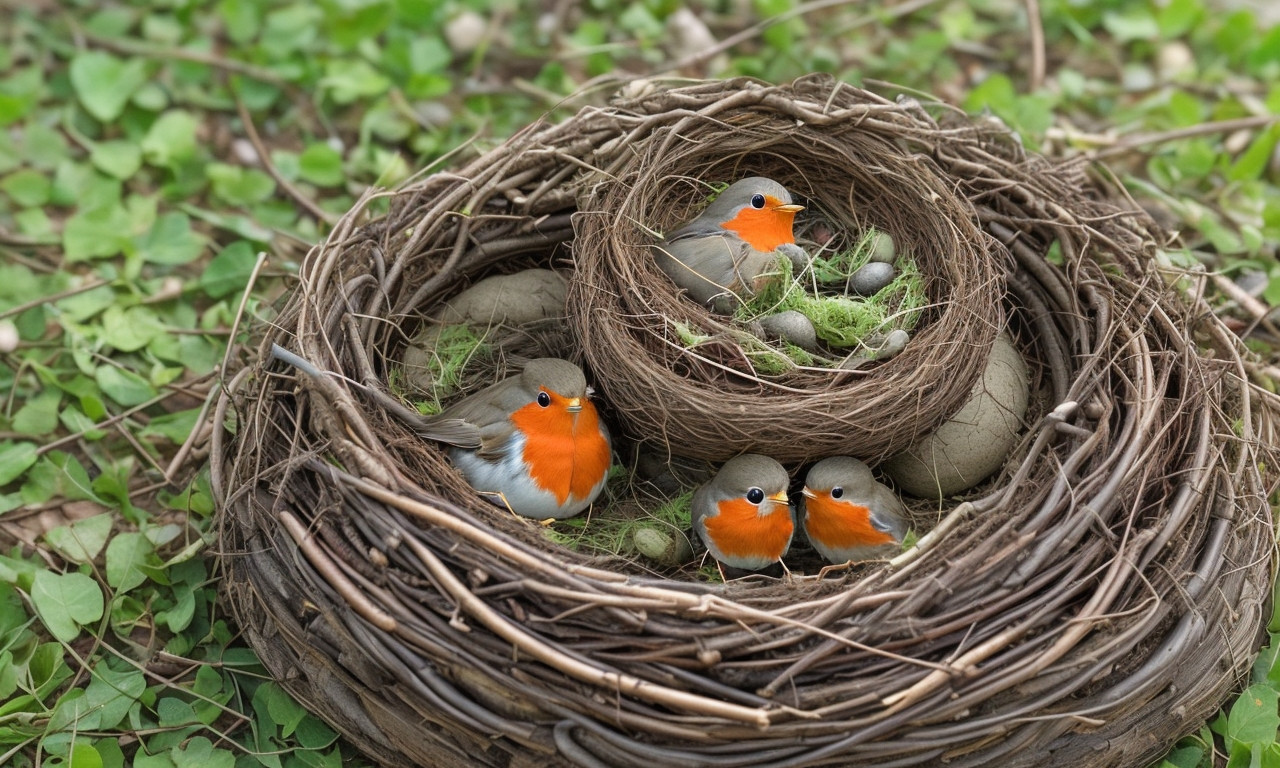
Robin nests and robin eggs are captivating aspects of nature that reveal fascinating secrets about their survival. The Robin Nest Timeline begins in early spring when robins scout suitable locations for building their nests. They often choose tree branches, ledges, or even human-made structures, prioritizing safety from predators and harsh weather. Construction takes about 2 to 6 days, using grasses, twigs, and mud, creating a sturdy yet cozy nest.
Robin eggs are typically laid shortly after nest completion, with the female depositing a clutch of 3 to 5 immaculate blue eggs over a few days. The subsequent incubation phase lasts about two weeks, during which the female robin meticulously keeps the eggs warm while the male provides food. This period is crucial in the Robin Nest Timeline as it ensures the embryos develop properly.
Hatching marks the beginning of the nestling stage, where both parents work tirelessly to feed their young. In just about two weeks, the chicks grow rapidly, their feather development signifying the approach of fledging. By 14-16 days post-hatching, the young robins take their first flight, yet still remain reliant on their parents for feeding and protection for a few more weeks. Understanding the Robin Nest Timeline provides valuable insight into the remarkable resilience and adaptive strategies these birds employ for their survival.
Reader Photos of Robin Nests
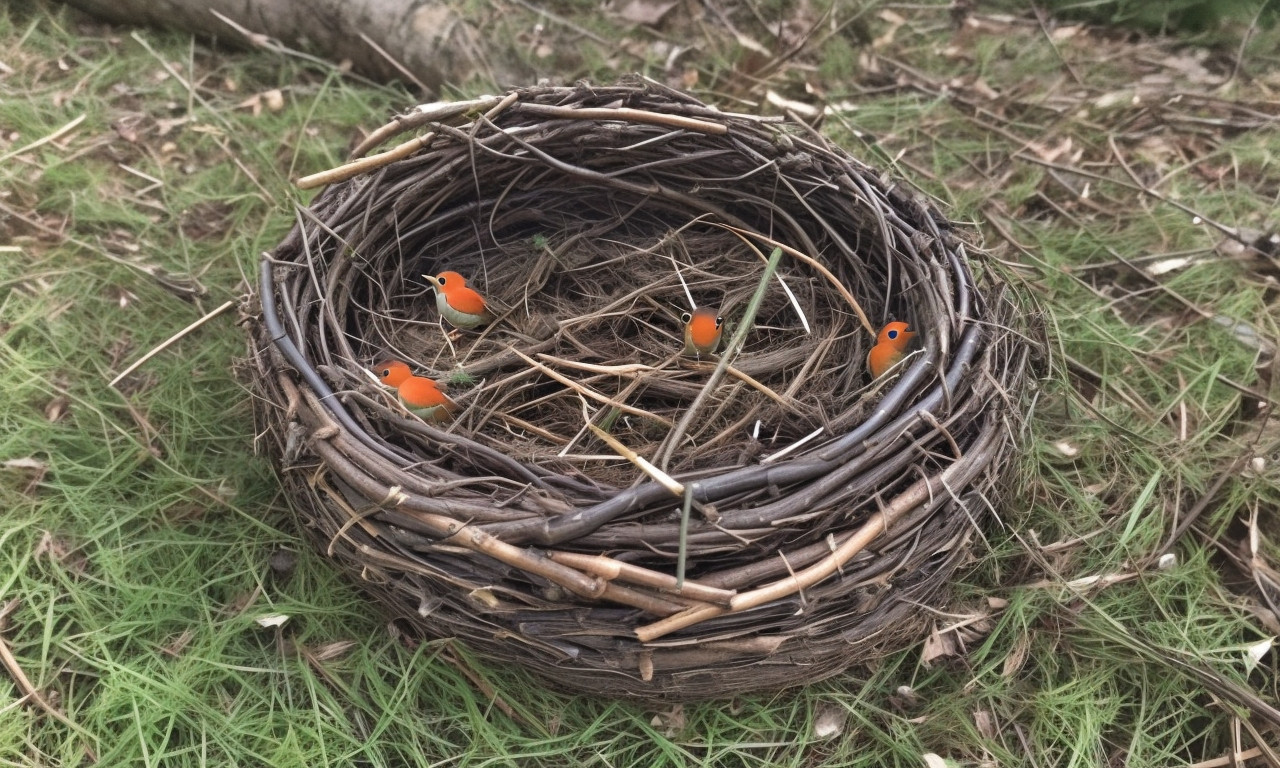
Robin nests are marvels of avian architecture, intricately woven from grass, twigs, and mud. The distinctive cup-shaped structure provides a snug, protective haven for the vibrant, blue robin eggs. Typically found in trees or shrubs, often at a convenient height for observation, robin nests offer a fascinating glimpse into the natural world. This is where the importance of reader photos of robin nests comes into play.
Photographs taken by enthusiasts showcase the diversity and ingenuity in nest construction and highlight the daily life of these charming birds. Whether perched on a low limb or nestled in a hanging planter, each nest tells a unique story. Reader photos of robin nests not only capture the beauty of the eggs and structure but also offer insights into the survival tactics employed by robins. These images can reveal the stages of egg incubation, hatching, and the early life of robin chicks.
Moreover, sharing these photos fosters a deeper appreciation and understanding of both robins and their habitats, emphasizing the significance of conservation efforts. By documenting and sharing these intimate moments, readers contribute valuable data that can aid scientific research and promote biodiversity awareness.

